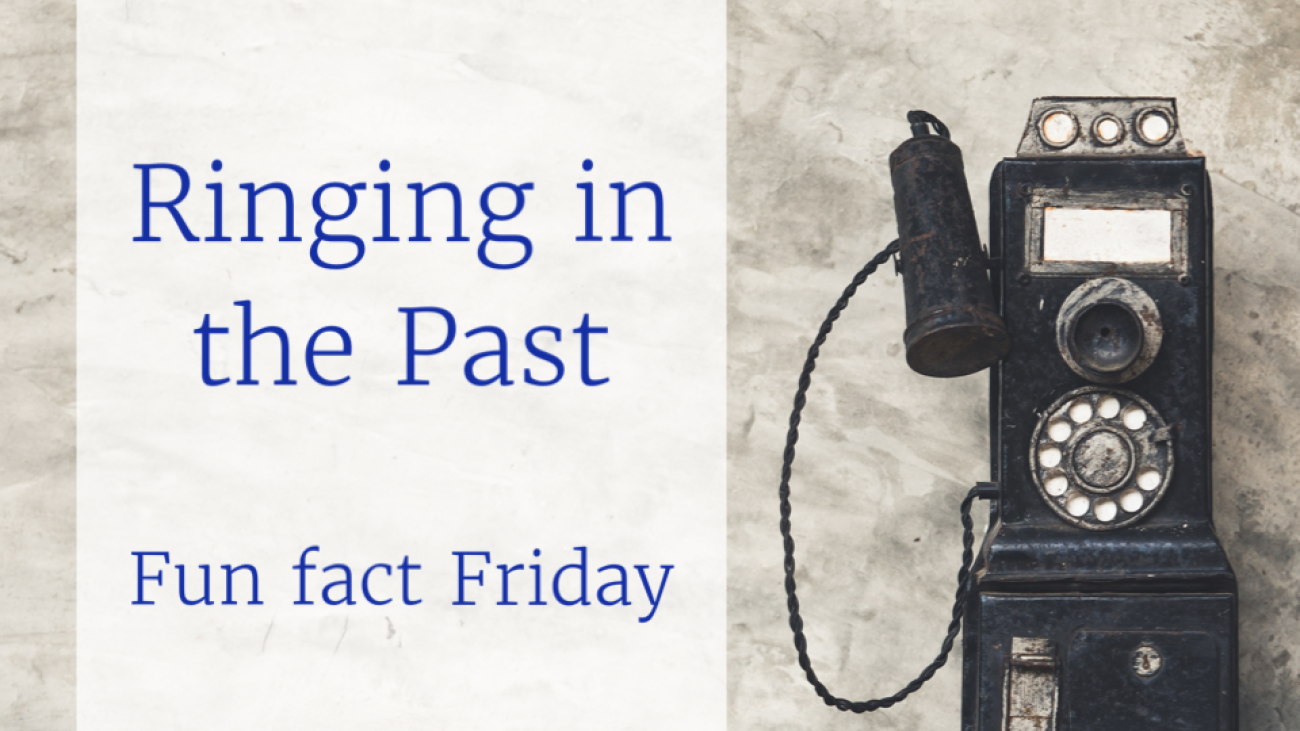The Public Switched Telephone Network (PSTN) is the backbone of the traditional phone system, connecting billions of people worldwide for over a century. While we often take it for granted, the PSTN holds a treasure trove of intriguing facts and history. In this post, we’ll delve into some captivating and lesser-known facts about the PSTN.
- The Birth of the PSTN: The PSTN was born in 1876 when Alexander Graham Bell made the first successful telephone call to his assistant, Thomas Watson, with the famous words, “Mr. Watson, come here, I want to see you.” This call marked the dawn of the telephone era and the establishment of the world’s first telephone exchange in New Haven, Connecticut.
- Manual Switchboards: Early telephone exchanges relied on manual switchboard operators who physically connected calls by plugging and unplugging cords. These operators were primarily women and became known as “Hello Girls.”
- Rotary Dial Phones: The first rotary dial telephone, which allowed users to directly dial numbers rather than rely on operators, was introduced in the early 20th century. Rotary dial phones became a household staple for many decades.
- Area Codes: The concept of area codes was introduced in 1947 as part of the North American Numbering Plan (NANP). The three-digit area codes were designed to efficiently route calls across large geographic areas.
- The Demise of Party Lines: In the early days of the PSTN, party lines were common. Multiple households shared a single telephone line, and users could listen in on each other’s conversations. The advent of private lines gradually phased out this practice.
- Touch-Tone Phones: The push-button or touch-tone phone, introduced in the 1960s, replaced the rotary dial. These phones allowed for faster and more accurate dialing and became the standard for decades.
- The Red Phone: The “red phone” is a term often associated with a direct communication link between the leaders of the United States and the Soviet Union during the Cold War. While such a phone existed, it was not a single red phone but rather a secure communication network.
- Voice over PSTN: The PSTN originally carried only voice calls. However, it evolved to support data transmission, enabling services like fax machines and early modems.
- The Internet’s Impact: The rise of the internet and digital communication technologies has transformed the telecommunications landscape. Voice over Internet Protocol (VoIP) and mobile networks have challenged the dominance of traditional PSTN systems.
- Continued Evolution: While the PSTN has seen significant changes over the years, it is not yet a relic of the past. Many countries are transitioning to IP-based networks, but the PSTN remains a critical part of global telecommunications infrastructure.
- Emergency Services: The PSTN has played a crucial role in connecting people to emergency services. Dialing “911” in the United States or “999” in the UK connects callers to immediate help.
- Global Reach: The PSTN connects people across vast distances, facilitating communication and business transactions around the world. It has enabled international trade and diplomacy on an unprecedented scale.
The history of the PSTN is a remarkable journey through the evolution of communication. From Bell’s first words over a wire to the digital age, the PSTN has played a pivotal role in connecting people globally. While it faces new challenges in the era of digital technology, it remains an essential part of our interconnected world, reminding us of the incredible progress we’ve made in telecommunications. The next time you pick up a phone, take a moment to appreciate the rich history and innovation behind the dial tone.


